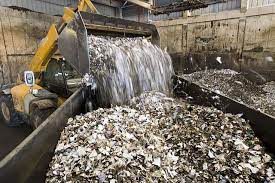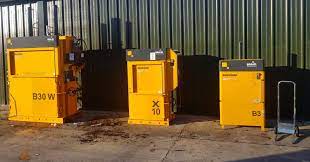Ambient Air: Atmospheric air which has not been contaminated by pollutants. Primarily composed of nitrogen and oxygen it also includes small amounts of carbon, helium, methane, argon, and hydrogen.
Anthropogenic: Relating to or resulting from the influence of human activity. In this case, human being’s activity adversely impacting the environment (pollutants, excess emissions).
Aquifer: body of porous rock or sediment saturated with groundwater.
Bioaccumulate: the concentration and build-up of a substance in the tissues of organisms.
Bioavailability: the amount of an element or compound that is accessible to an organism for uptake or adsorption across its cellular membrane.
Buffer Area: a green belt or zone located between the waste storage area and landfill boundaries. Buffer area prevents contaminates from exiting landfill site and provides space for monitoring, maintenance and environmental control activities.
Congenital Anomalies: Structural or functional anomalies (for example, metabolic disorders) that occur during intrauterine life and can be identified prenatally, at birth, or sometimes may only be detected later in infancy, such as hearing defects.
Eutrophication: the process by which a body of water becomes enriched in dissolved nutrients (i.e. phosphates) which stimulate the growth of aquatic plant life usually resulting in the depletion of dissolved oxygen.
Flue Gas: Gas that is exiting into the atmosphere via a pipe or channel. It is often referring to the exhaust gas produced at power plants or incinerators.
Greenhouse Gases (GHGs): The group of chemical compounds that are responsible for the greenhouse effect. The most important greenhouse gases produced by economic activity are carbon dioxide (CO2), methane (CH4), nitrous oxide (N2O) and chlorofluorocarbons (CFCs).
Hydrological Systems: refers to the properties, movement, management and distribution of water, also called hydrological cycle.
Ingot(s): a piece of relatively pure material, usually metal, that is cast into a shape suitable for further processing.

Landfill: a designed structure built into or on top of the ground intended to isolate and store waste by burying or covering it with soil.
Manure: organic matter commonly derived from animal feces, can be used as organic fertilizer in agriculture.
Read Also : Characteristics of Hazardous Wastes
Particulates: Microscopic pieces of matter suspended in air or liquid.
Polymers: a substance that has a molecular structure consisting chiefly or entirely of a large number of similar units bonded together.
Putrefaction: the process of rotting or decay of organic matter.
Recycling: The process whereby a material (for example, glass, metal, plastic, paper) is diverted from the waste stream and remanufactured into a new product or is used as a raw material substitute.
Slag: stony waste matter separated from metals during smelting or refining.
Waste diversion: The quantity of materials diverted from disposal facilities and represents the sum of all materials processed for recycling at an off-site recycling or composting facility.
Wastewater: Liquid waste; there are multiple types of wastewater including grey water (generated from washing/bathing), storm water, black water (generated in toilets) and sewage.

